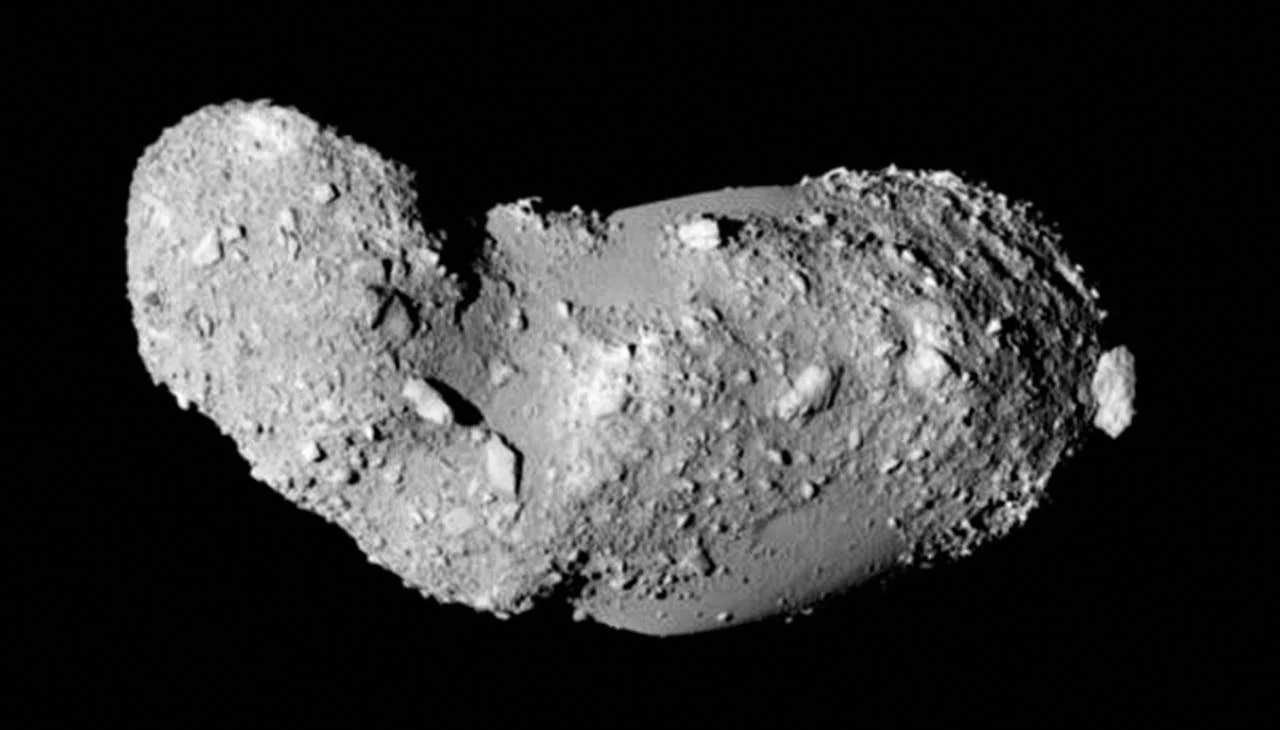Groundbreaking discovery could redefine our understanding of time and reality
Researchers have unearthed revelations that could redefine our grasp of time’s arrow and the conservation of momentum

At the cutting edge of theoretical physics, researchers have unearthed revelations that could redefine our grasp of time’s arrow. (CREDIT: Creative Commons)
Light and matter's mysterious connection is at the heart of scientific exploration potentially holding the key to unlocking the universe's deepest secrets. For centuries, scientists have been entranced by light's story – its curious detours, its measured pace, and its profound exchange with the fabric of reality itself.
Now, at the cutting edge of theoretical physics, researchers have unearthed revelations that could redefine our grasp of time's arrow and the conservation of momentum, stirring the pot of a longstanding controversy and, in the process, ruling out the fantastical allure of time travel.
The Subtleties of Light's Interaction with Matter
As any high school student might tell you, when light encounters matter, it appears to slow down. This observation is not a groundbreaking one. Standard wave mechanics, the bedrock of our understanding of waves, effectively describes these everyday interactions.
Consider light approaching a boundary between two different media—a classic physics problem. To understand what happens, scientists use the standard wave equation, looking closely at the characteristics of the light wave on either side of this interface.
They then deploy electromagnetic boundary conditions, essentially mathematical tools, to bridge these two scenarios, creating what is known as a piecewise continuous solution.
Yet, this solution omits a crucial detail. At the boundary, the incoming light undergoes acceleration—a fact historically overlooked.
A New Dimension of Wave Dynamics
Assistant Professor Matias Koivurova of the University of Eastern Finland, animated by a spark of curiosity, has pushed the boundaries of this classic problem. "Basically, I found a very neat way to derive the standard wave equation in 1+1 dimensions.
The only assumption I needed was that the speed of the wave is constant. Then I thought to myself: what if it’s not always constant? This turned out to be a really good question," he recounts.
This line of inquiry led to the conception of an accelerating wave equation, acknowledging that the speed of a wave could, in theory, fluctuate over time. Writing down the equation was straightforward, but solving it proved to be a more daunting task.
Koivurova faced an intellectual paradox. The solutions to this new equation were enigmatic, failing to correspond with known behaviors of waves—until, he says, "it dawned on me that it behaves in ways that are reminiscent of relativistic effects."
This moment of clarity came in collaboration with the Theoretical Optics and Photonics group at Tampere University, under the guidance of Associate Professor Marco Ornigotti.
This partnership bore fruit, revealing an unexpected facet of the accelerating wave equation: it firmly establishes the direction of time. Unlike other systems where the second law of thermodynamics, with its emphasis on ever-increasing entropy, delineates the flow of time, the accelerating wave suggests that time has an immutable forward trajectory.
"Usually, the direction of time comes from thermodynamics," Koivurova explains. In systems with reversed temporal flow, entropy would diminish until reaching a state of minimal entropy before increasing once more.
This dichotomy between macroscopic and microscopic time arrows has long puzzled scientists, with larger systems showing clear temporal directionality while the behavior of single particles remains unbound by such constraints.
Despite this, Koivurova asserts, "We expect single particles to behave as if they have a fixed direction of time!" The general applicability of the accelerating wave equation means that this fixed direction of time extends throughout nature.
Settling a Centuries-Old Debate
The implications extend into a domain of physics rife with debate: the conservation of energy and momentum when light transitions into a medium. The Abraham-Minkowski controversy has divided physicists, with experimental evidence ambiguously supporting both the claim that momentum increases (Minkowski) and the counter-claim that it decreases (Abraham) when light enters a medium.
"What we have shown is that from the point of view of the wave, nothing happens to its momentum," Koivurova states, suggesting momentum conservation across the boundary. Relativistic effects, akin to those in the general theory of relativity, underpin this conservation. "We found that we can ascribe a ‘proper time’ to the wave," Ornigotti adds, inferring that waves experience a different kind of time dilation and length contraction, phenomena typically reserved for high-speed travel in the cosmos.
Exotic Phenomena and Time Travel
This novel framework doesn't just replicate standard solutions; it goes further, particularly in the context of time-varying materials. In these media, light undergoes abrupt changes in properties, leading to behaviors not predicted by the standard wave equation. Here, the accelerating wave equation can analytically model situations that previously required numerical simulation.
One such theoretical construct is the disordered photonic time crystal, within which a light wave's energy could, hypothetically, increase exponentially as its speed drops in a similar fashion.
"Our formalism shows that the observed change in the energy of the pulse is due to a curved space-time the pulse experiences," notes Ornigotti, alluding to scenarios where energy conservation appears locally violated.
The reach of this research is vast, with potential applications spanning from everyday optics to experimental tests of general relativity, all while shedding light on the enigma of time's preferred direction.
The findings, detailed in the study "Time-varying media, relativity, and the arrow of time," were published in the journal Optica, marking a significant milestone in the annals of theoretical physics.
Note: Materials provided above by the The Brighter Side of News. Content may be edited for style and length.
Like these kind of feel good stories? Get the Brighter Side of News' newsletter.
Joseph Shavit
Head Science News Writer | Communicating Innovation & Discovery
Based in Los Angeles, Joseph Shavit is an accomplished science journalist, head science news writer and co-founder at The Brighter Side of News, where he translates cutting-edge discoveries into compelling stories for a broad audience. With a strong background spanning science, business, product management, media leadership, and entrepreneurship, Joseph brings a unique perspective to science communication. His expertise allows him to uncover the intersection of technological advancements and market potential, shedding light on how groundbreaking research evolves into transformative products and industries.



